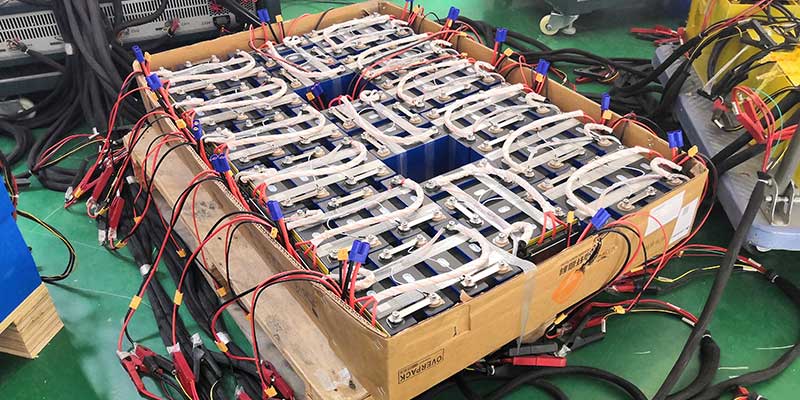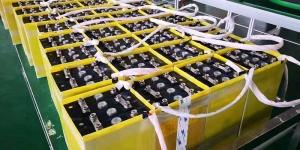How to build a lifepo4 battery pack
How to Build a LiFePO4 Battery Pack: A Step-by-Step Guide
Building a LiFePO4 (Lithium Iron Phosphate) battery pack can be a rewarding project for hobbyists, engineers, and professionals alike. LiFePO4 batteries are known for their long life, safety, and efficiency, making them an excellent choice for various applications, from solar power storage to electric vehicles. This article provides a comprehensive guide on constructing a LiFePO4 battery pack, complemented by insights into how Himax Electronics enhances the process with their products and expertise.
Understanding LiFePO4 Batteries
Before diving into the assembly process, it’s important to understand why LiFePO4 batteries are preferred for DIY projects:
-
Safety: LiFePO4 batteries are more stable and safer than other lithium-ion chemistries due to their chemical properties, which significantly reduce the risk of thermal runaway and explosions.
-
Durability: These batteries offer a longer lifespan with a lower rate of capacity loss compared to other types.
-
Efficiency: High discharge and charge efficiency make them suitable for applications requiring robust and reliable power delivery.
Tools and Materials Needed
-
LiFePO4 Cells: Choose the number of cells based on the desired voltage and capacity of your battery pack.
-
Battery Management System (BMS): Essential for protecting the battery by managing its charge and discharge processes and ensuring cell balance.
-
Connectors and Cabling: High-quality cables and connectors to handle the expected current.
-
Soldering Equipment: For connecting cells and cables.
-
Enclosure: To house the battery cells and electronics safely.
Step-by-Step Construction Process
-
Design Your Battery Pack:
-
Determine Configuration: Decide on the series and parallel configuration based on the required voltage and capacity. For instance, to build a 12V battery pack, you can connect four 3.2V LiFePO4 cells in series.
-
Calculate Capacity: If more capacity is needed, cells can be connected in parallel (e.g., two sets of four cells in series to double the capacity).
-
-
Assemble the Cells:
-
Connect Cells in Series: Use nickel strips or quality wiring to connect the positive terminal of one cell to the negative terminal of the next.
-
Secure Parallel Groups: If applicable, connect cells in parallel by linking their corresponding terminals together to increase capacity.
-
-
Install the BMS:
-
Attach the BMS: Connect the BMS to the terminals of the battery pack. Ensure each cell’s voltage is monitored by the BMS for balanced charging and discharging.
-
Configure the BMS Settings: Set up the BMS according to your battery’s specifications to prevent overcharge, over-discharge, and overheating.
-
-
Final Assembly:
-
Enclose the Battery: Place the connected cells and BMS into a non-conductive, durable enclosure to protect against mechanical damage and environmental exposure.
-
Wiring and Connectors: Attach output connectors and ensure all wiring is insulated and secured.
-
-
Testing and Commissioning:
-
Charge the Battery: Slowly charge the battery for the first time under supervision to ensure the BMS properly balances the cells.
-
Test Under Load: Check the battery’s performance under load and re-check all connections and the BMS functionality.
-
Leveraging Himax Electronics for Enhanced Performance
Himax Electronics offers cutting-edge solutions that can significantly enhance the safety, efficiency, and reliability of DIY LiFePO4 battery packs:
-
Advanced BMS Technology: Himax provides sophisticated BMS solutions tailored to various battery configurations, ensuring optimal performance and safety.
-
Custom Solutions: Whether you need a standard setup or a complex custom configuration, Himax can supply high-quality cells, modules, and technical support tailored to your needs.
-
Expert Guidance: Himax’s experts can assist in designing and implementing your battery pack, providing insights into best practices and advanced technologies.
Conclusion
Building a LiFePO4 battery pack involves careful planning, precise assembly, and thorough testing. By following the steps outlined above and utilizing resources like those offered by Himax Electronics, hobbyists and professionals can create efficient and reliable energy storage solutions suitable for a wide range of applications. For more information on building battery packs or to consult with experts, visit Himax Electronics or contact their support team.





